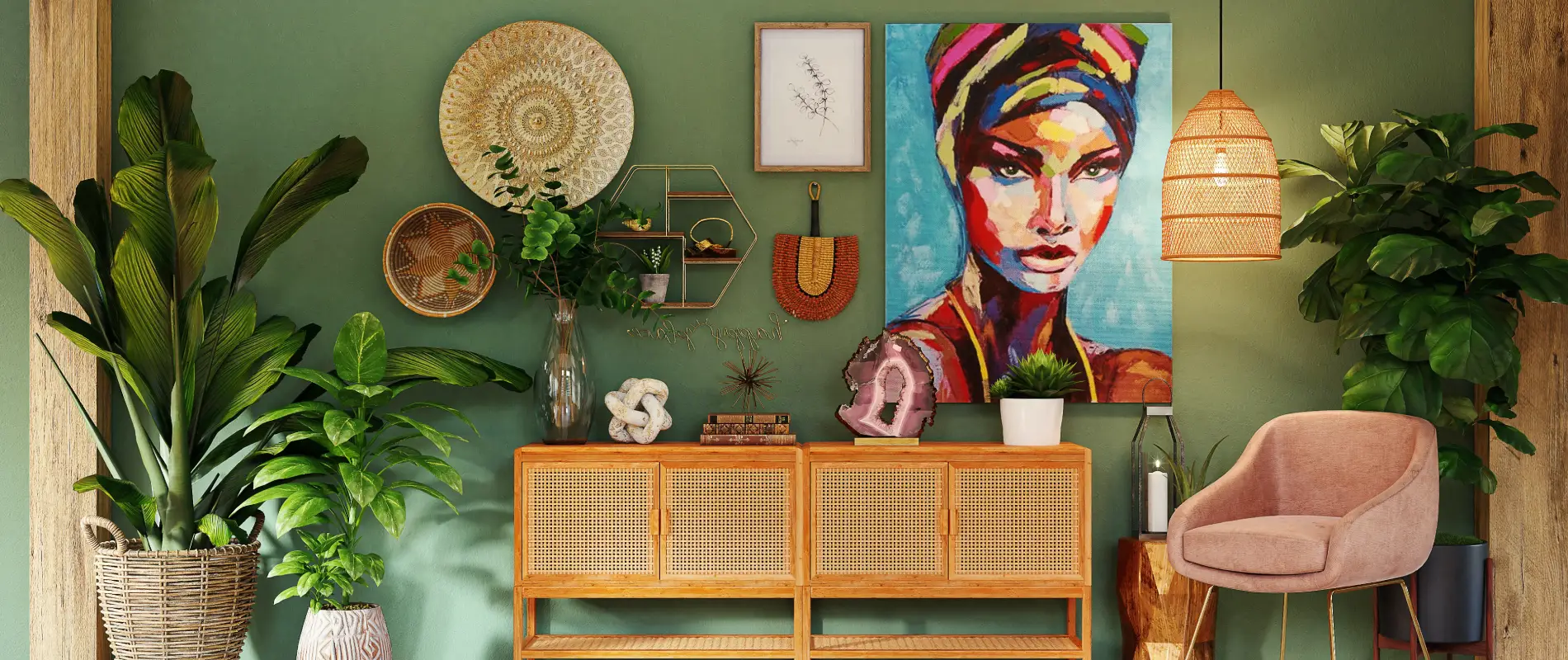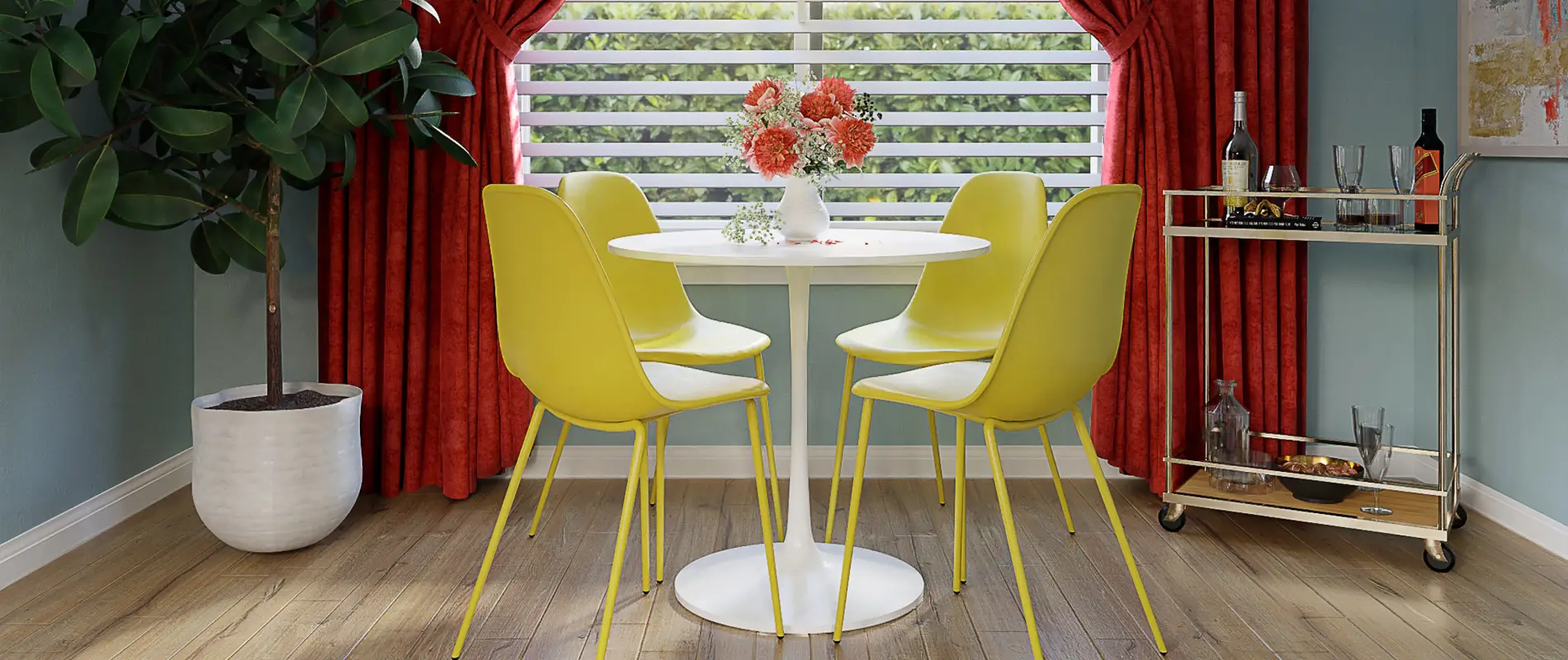Elevate Your Website with a Dynamic Footer Block Design
Transform your website’s footer into a powerful engagement tool with our thoughtfully crafted footer block design. This original layout strikes a perfect balance between style and functionality, featuring a modern multi-column setup that keeps your visitors informed and engaged.
Original design: a closer look
The design showcases a clean, structured format divided into three main rows. The top row grabs attention with a call-to-action and your essential contact information, ensuring that visitors can reach you easily. As you dive deeper, the second and third rows break down into multiple columns filled with compelling text blocks, clearly guiding users through your key messages.
Layout analysis
- Multi-Column Architecture: With three sections in the first row, and two columns each in the subsequent rows, this layout ensures a logical flow of information.
- Symmetry with Creativity: While the structure maintains a symmetrical feel, the inclusion of diverse content types-ranging from interactive elements to social media links-adds an inviting, dynamic touch.
Element and feature description
- Engaging Components:
- Text Blocks: Each section features distinct headers, such as ‘Address’ and ‘Life is Good,’ making information easy to navigate.
- Prominent Buttons: A bold “Start Now” button commands attention in the first row, strategically encouraging user engagement.
- Contact Information: Positioned for instant visibility, enhancing accessibility for your audience.
- Interactivity: Utilize a play button for video content and social media icons linking directly to your profiles-keeping your audience interconnected.
- Typography & Style: With its modern sans-serif font, the design emphasizes headers and main content in varied sizes, striking a perfect balance between clarity and aesthetic appeal.
Unique design aspects
- Strategic Design Elements: The contrasting colors of the call-to-action button immediately draw attention, while large headers engage users right from their first glance.
- Interactive Features: Potential hover effects for buttons can enhance user experience, providing subtle feedback during interaction.
- Responsive and Accessible: Designed to adapt fluidly to various screen sizes, this layout ensures users across all devices can interact seamlessly. The clear distinction of text elements and the presence of intuitive interactive icons enhance usability for all, including those with accessibility needs.
Overall design style
- Modern Corporate Aesthetic: This footer’s style is professional yet welcoming, ideal for businesses looking to convey a refined image.
- Visual Hierarchy: A well-organized hierarchy directs users’ attention effectively from engaging headers to interactive elements and social media, ensuring a smooth flow of information.
- Balance & Clarity: Thoughtfully implemented white space prevents clutter, creating an organized and balanced appearance that is pleasing to the eye.
Summary
This WordPress website design footer block design is not just visually appealing; it’s built to optimize user interaction, encapsulating your brand’s identity through modern typography and well-planned space. Perfect for a corporate audience, it combines responsive features with accessibility in mind, making it an essential addition to your WordPress website. Upgrade your web presence today by embracing this versatile footer design!
10 use cases for the footer
1. Contact information hub
Your footer serves as a contact information hub where visitors can easily find your business address, phone number, and email, providing instant access to crucial details. Including this information in your site footer examples ensures that customers can effortlessly reach out, fostering trust and facilitating communication. A well-organised footer makes a significant difference in user experience and can drive more meaningful interactions.
2. Brand credibility boost
Include client testimonials or trust badges in your footer to boost your brand’s credibility. By showcasing your achievements and industry certifications, you foster a sense of trust and reliability among visitors. This can be especially helpful for businesses in competitive markets, as it positions you as an authority in your field. Your website footer is a place to reinforce your company’s image.
3. Social media integration
Engage your audience by including social media links in your footer, encouraging visitors to follow and interact with your brand on different platforms. This provides a seamless way to extend your online presence and strengthens your community. Easy access to social profiles can lead to increased engagement and offers a convenient way for users to stay updated on your latest news, events, and promotions.
4. Legal documents and policies
Adding links to your privacy policy, terms of service, and other legal documents in your footer is crucial for maintaining transparency and legal compliance. This not only helps build trust with your visitors but also ensures that you are meeting legal obligations. By clearly documenting these terms in the footer, you provide users easy access to this important information, enhancing your site’s credibility.
5. Newsletter sign-up
The footer is an ideal place for a newsletter sign-up form, allowing you to grow your email list. Placing this call-to-action subtly at the bottom means dedicated visitors who reach this point are more likely looking to engage further with your content. It’s an unobtrusive but effective way to build a loyal audience through email marketing campaigns.
6. Navigation menu extension
A secondary navigation menu in your footer helps users find supplementary links without overcrowding the main menu. By placing additional or less critical links such as Careers, FAQs or User Guidelines here, you effectively utilise space while maintaining a streamlined primary navigation. This adds depth to your website without sacrificing order or readability.
7. Highlighted blog posts
Keep users engaged by showcasing your latest or most popular blog posts in the footer, encouraging them to explore more of your content. This subtle strategy keeps your audience on your website for longer, potentially increasing their interest in your offerings and improving metrics like session duration.
8. Affiliated brands and partnerships
Displaying logos of your affiliated brands or partners in the footer adds credibility and highlights your networks. By highlighting these relationships, you demonstrate industry relevance and collaboration, which can be appealing to potential clients or partners. It’s a discreet yet powerful acknowledgment of your business connections.
9. Customer support access
Ensure that your footer contains links or details for customer support, such as a contact form or live chat option. This essential element shows your commitment to customer service, offering visitors the necessary means to resolve any queries or issues fast, thereby enhancing their overall experience with your brand.
10. Language and region options
For global viewers, include language and region selection options in your footer. This small yet crucial feature ensures users can access content in their preferred language, enhancing accessibility and improving the user experience for international audiences. Offering language options helps make your site welcoming and inclusive.
5 ways to use the footer
1. Enhance SEO efforts
Strategically placing internal links within your footer can support your SEO efforts. By linking to important pages with relevant anchor text, you help search engines understand the structure of your site while guiding users effectively. A well-linked footer can boost rankings by distributing link equity across key pages, thus bolstering site authority.
2. Brand storytelling extension
Your footer can serve as an extension of your brand story by featuring a brief company ethos, mission statement, or tagline. This additional space allows you to further imprint your brand identity upon visitors, ensuring your core message resonates. Reinforcing your brand narrative in this way can leave a lasting impression on your audience.
3. Responsive footer adaptation
Ensure your footer is responsive by testing its appearance and functionality across various devices. Use media queries and flexible grid layouts to adapt your footer smoothly from desktop to mobile views. A responsive design ensures all users, irrespective of their device, have an optimal browsing experience, enhancing accessibility and engagement.
4. Personalised user experience
Use footers to personalise user experience by dynamically changing content based on user location or browsing behaviour. Integrating elements like tailored promotions or locally relevant information makes your site more engaging for each visitor, potentially increasing conversions or customer retention.
5. Footer design variations testing
Experiment with different footer design layouts and elements through A/B testing to determine what best enhances user interaction and engagement metrics. Testing can uncover which elements users find most useful or engaging, allowing you to refine the design to best serve your site’s purposes and audience needs.
FAQs: understanding website footers
What is a footer on a website?
A website footer is the bottom section of a webpage, typically containing essential information, such as contact details, navigation links, and legal documents. It functions as a useful resource for visitors seeking additional information.
What is the size of a website footer?
There is no universal size for a website footer; it varies depending on design preferences and the amount of content. However, it should be large enough to display information clearly without overwhelming the page design.
What is the bottom of a website called?
The bottom of a website is called the footer. It is the concluding section situated at the end of a webpage, providing additional navigational elements and important information.
How do I add a footer to my website?
You can typically add a footer through your WordPress theme settings or by using a page builder plugin. It often involves customising blocks or widgets via the WordPress dashboard.
What elements should be included in a website footer?
A good website footer should include contact information, navigation links, social media icons, and legal documents links. Additional elements like subscription forms or recent blog links can also enhance functionality.
How can I make my website footer responsive?
To make your footer responsive, employ CSS media queries to adjust its layout based on screen size. Using a flexible grid system and ensuring all elements, including fonts and images, adapt fluidly to different devices further aids responsiveness.
What are some best practices for footer design?
Best practices for footer design include maintaining consistency with your site’s overall theme, ensuring clear navigation, testing its responsiveness, and keeping information concise and organised. Balancing utility with aesthetic appeal is key.
How can I customise my WordPress footer without coding?
You can customise your WordPress website builder footer using the customiser tool or page builder plugins. These tools often come with intuitive interfaces, allowing you to modify footer components with ease.



